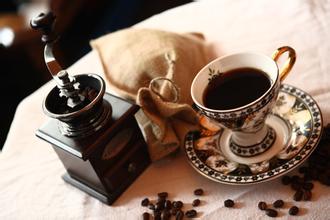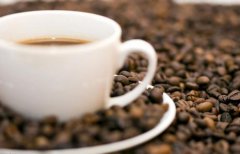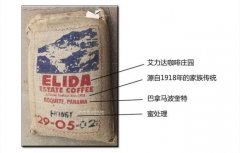How to identify the authenticity of Blue Mountain Coffee
It is said that Blue Mountain is good, but Blue Mountain is really good. But are you sure you're drinking the real Blue Mountain? I dare say that more than 90% of the people who boast that they drink blue mountains are fake blue mountains. There is not no real thing in China, but it is very difficult to learn to pick a real one out of ten thousand kinds of fake goods.

First, there is no sign in Blue Mountain, it depends on the name of the manor. Blue Mountain is a region of Jamaica, producing the best Blue Mountain estate, the most famous is the Wallenford and the most famous coffee farm.
Second, it will never be bought in supermarkets or stores, nor will it be brought back from abroad from those so-called relatives and friends. It can only be bought in the hands of a roaster with a certain ability and conscience.
Third, the best blue mountains are very expensive. The cheap Blue Mountains of other estates, even if they are produced in Jamaica, are not as high as they should be. Although they are of good quality in fine beans, they are not as good as the best Blue Mountains after all.
Fourth, the shipment of Blue Mountain Coffee is very small. Production in Jamaica was bogged down by the hurricane in 1969, and Japanese UCC companies provided assistance. In gratitude, Jamaica signed a contract with Japan in 1972 to supply 90% of production to the Japanese market, leaving about 3500 barrels (70 kg oak barrels) for sale on the market (and the only coffee preserved in oak barrels).
So don't pursue the word Blue Mountain blindly. If you don't reach the corresponding taste and identification ability, you can't drink the true blue mountain.
The so-called comprehensive Blue Mountain, matching Blue Mountain, Blue Mountain flavor and Blue Mountain style have nothing to do with Blue Mountain Coffee in domestic and foreign markets. Good merchants will use the best Colombian beans to make comprehensive products to imitate the taste of Blue Mountain, while unscrupulous merchants do not know what beans to use. Just naming Blue Mountain sells them at high or low prices. So I don't want to keep seeing the word Blue Mountain leaving the manor behind.
I will always be the saying, what do you spend money for? Is this money relatively worth spending here? For Blue Mountain, it's not worth it. Cheap Blue Mountain is not even a qualified mix of beans. What is expensive is not really the best Blue Mountain. A hundred steps forward requires a capital investment of fifty steps. And those who can really drink the best Blue Mountains, ha ha, it is not my turn to speak.
Important Notice :
前街咖啡 FrontStreet Coffee has moved to new addredd:
FrontStreet Coffee Address: 315,Donghua East Road,GuangZhou
Tel:020 38364473
- Prev

Special fine coffee beans
Anyone who has baked coffee knows that no matter how good the boutique manor coffee is, even the COE award-winning coffee will inevitably be mixed with a small amount of defective beans. So sometimes in pursuit of a better flavor, roasters pick up coffee beans that are noticeably flawed before or after roasting.
- Next

Panamanian Alida boutique coffee beans
Panama, a country that people know too well, has always had an inextricable bond with high-quality coffee. It tastes fresh, elegant and floral. Sweet honey has always been a recognizable symbol of Panamanian high-quality coffee, making it unforgettable for those who drink it.
Related
- Beginners will see the "Coffee pull flower" guide!
- What is the difference between ice blog purified milk and ordinary milk coffee?
- Why is the Philippines the largest producer of crops in Liberia?
- For coffee extraction, should the fine powder be retained?
- How does extracted espresso fill pressed powder? How much strength does it take to press the powder?
- How to make jasmine cold extract coffee? Is the jasmine + latte good?
- Will this little toy really make the coffee taste better? How does Lily Drip affect coffee extraction?
- Will the action of slapping the filter cup also affect coffee extraction?
- What's the difference between powder-to-water ratio and powder-to-liquid ratio?
- What is the Ethiopian local species? What does it have to do with Heirloom native species?

